Great or Common Mullein / Verbascum Thapsus / is a biennial fuzzy-fiber plant with a deep root that belongs to the Mullein family. In the first year, mullein forms a rosette of leaves, and in the second year, a straight hairy stem, which has sharp and hairy leaves.
The flowers of mullein are yellow and coarse. They are situated on top of the stem in the shape of a pyramid. The calyx tube and corolla of mullein are pentamerous. The stamens are five in number, fused with the corolla. The fruit of mullein is a multi- seeded sack.
Mullein grows in sandy and grassy areas near fields, meadows and thickets. It occurs up to 6560 ft (2000 m) above sea level. It is widespread in Europe, the Caucasus and North Africa.
It is believed that the Latin name of mullein is derived from the word "beard", probably because of its hairy leaves. The tall stems of the plant were once burned like candles in funeral processions.
The Indians used to make syrup from the leaves of mullein to relieve coughs. Mullein tea was used to relieve pain, especially arthritis. The Cherokee treated swollen lymph nodes by applying boiled mullein leaves.
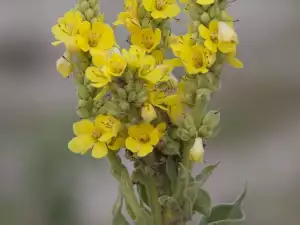
Composition of mullein
The composition of mullein consists of mucilage, saponins, coumarin, carotenoids, inositol, the yellow dye krocetin, mineral salts, essential oils, flavanone glycoside hesperidin, ascorbic acid, organic acids, pectin, and alkaloids such as verbasin, inositol and other substances.
Collection and storage of mullein
The usable parts of mullein are the leaves, excluding the calyx. They are harvested during the flowering of the plant - the months of June to September. Harvesting itself must be carried out in dry weather, before lunch. The flowers in the inflorescence open gradually, starting from the top down, so picking is done periodically, during the flowering of the herb.
Each flower blooms for only one day – the corolla opens in the morning and fades in the evening. Detach the corolla and fused stamens only, by hand. Over bloomed wreaths are not collected. Gathered herbs should not be squeezed or crushed. Dry immediately in the shade as permissible humidity is 11%. The expiry date of whole flowers is 2 years, if chopped - 1 year, and if milled - 6 months.
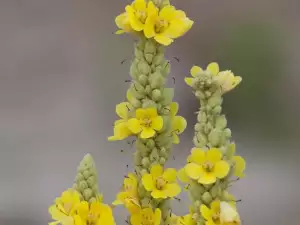
Benefits of mullein
The plant has a high content of mucilage which helps in soothing sore or irritated mucous membranes. This makes it a particularly valuable remedy for sore throats, and other inflammatory diseases.
The herb has a soothing, expectorant, hypotensive, anti-inflammatory action. The beneficial action is due to the cardiac glycosides, alkaloids and mucous substances. Some studies show a strong blood pressure lowering effect.
Mullein is used for diarrhea, respiratory diseases, biliary and hepatic disease. Clinical studies have confirmed the effectiveness of mullein in bronchitis, asthma, chronic obstructive pulmonary disease, ear infections and coughs.
In Germany, mullein leaves are soaked in olive oil, thereby obtaining a non-volatile oil used for the treatment of ear infections and hemorrhoids.
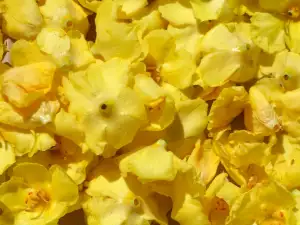
For ear infections, some doctors apply oil extract directly into the ear. However, if the eardrum is ruptured, nothing should ever be placed directly in the ear.
Traditional medicine with mullein
In folk medicine, mullein is used to treat bronchitis, liver problems, shortness of breath and coughs, diseases of the spleen, hoarse voices, to control scarce menstruation and as a mild laxative.
External application of the herb is recommended for hemorrhoids, burns, abscesses, as a gargle for toothache, baths for injuries, eczema and tetter. Chopped leaves and pork fat in a 2:10 ratio are used for the lubrication of wounds and sores.
For internal use, 2 cups (500 ml) of boiling water are poured over 2 tablespoons of the flowers. Allow to soak for 1 hour, and then drink a wine glass of it 15 minutes prior to meals, 4 times daily. The decoction can be sweetened with honey.
Strong infusions made from the leaves are used for chronic coughs, sore throats and since they stimulate perspiration, are also useful for fevers.
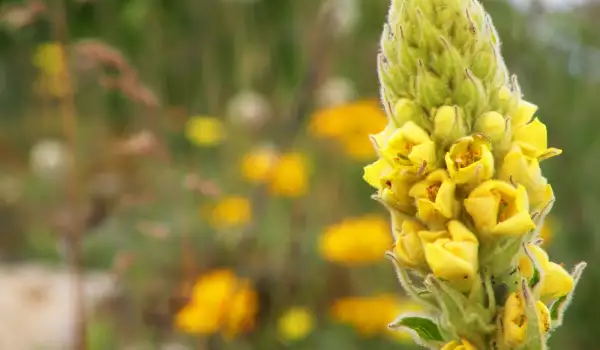
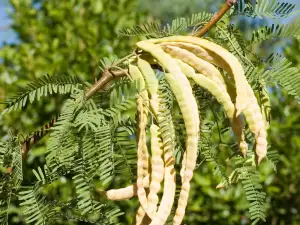
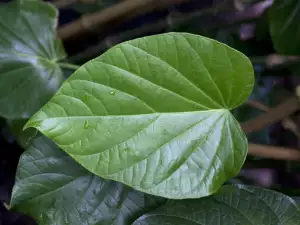
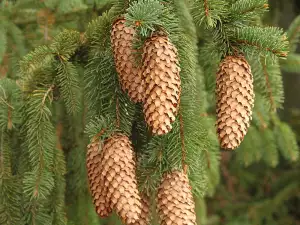
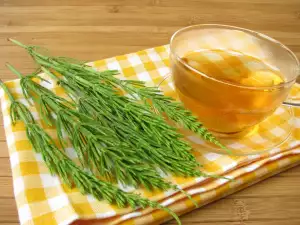
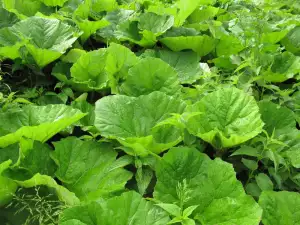
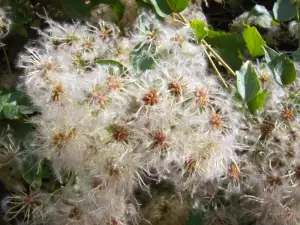
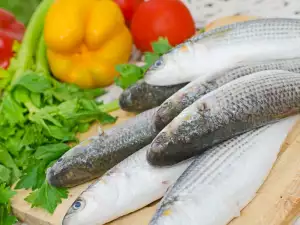
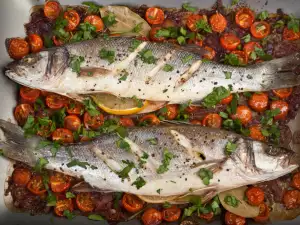
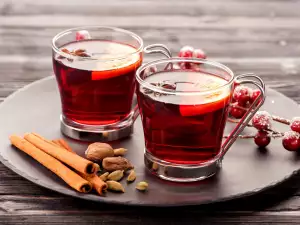
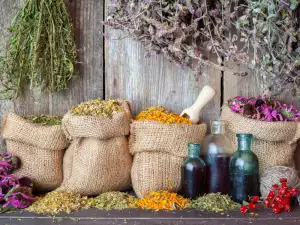
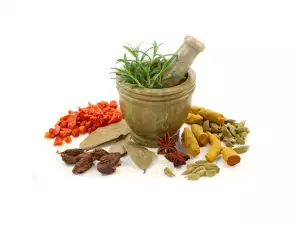
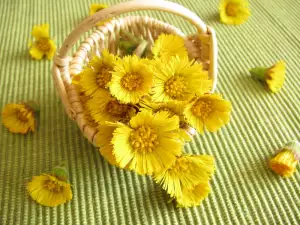
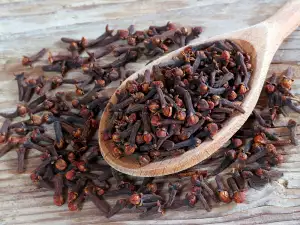
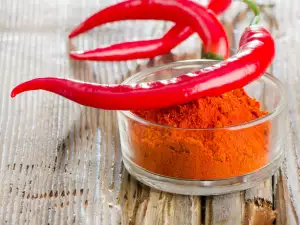
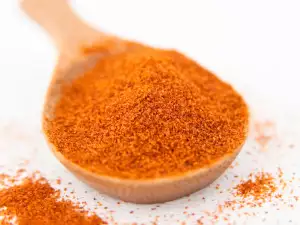




Comments